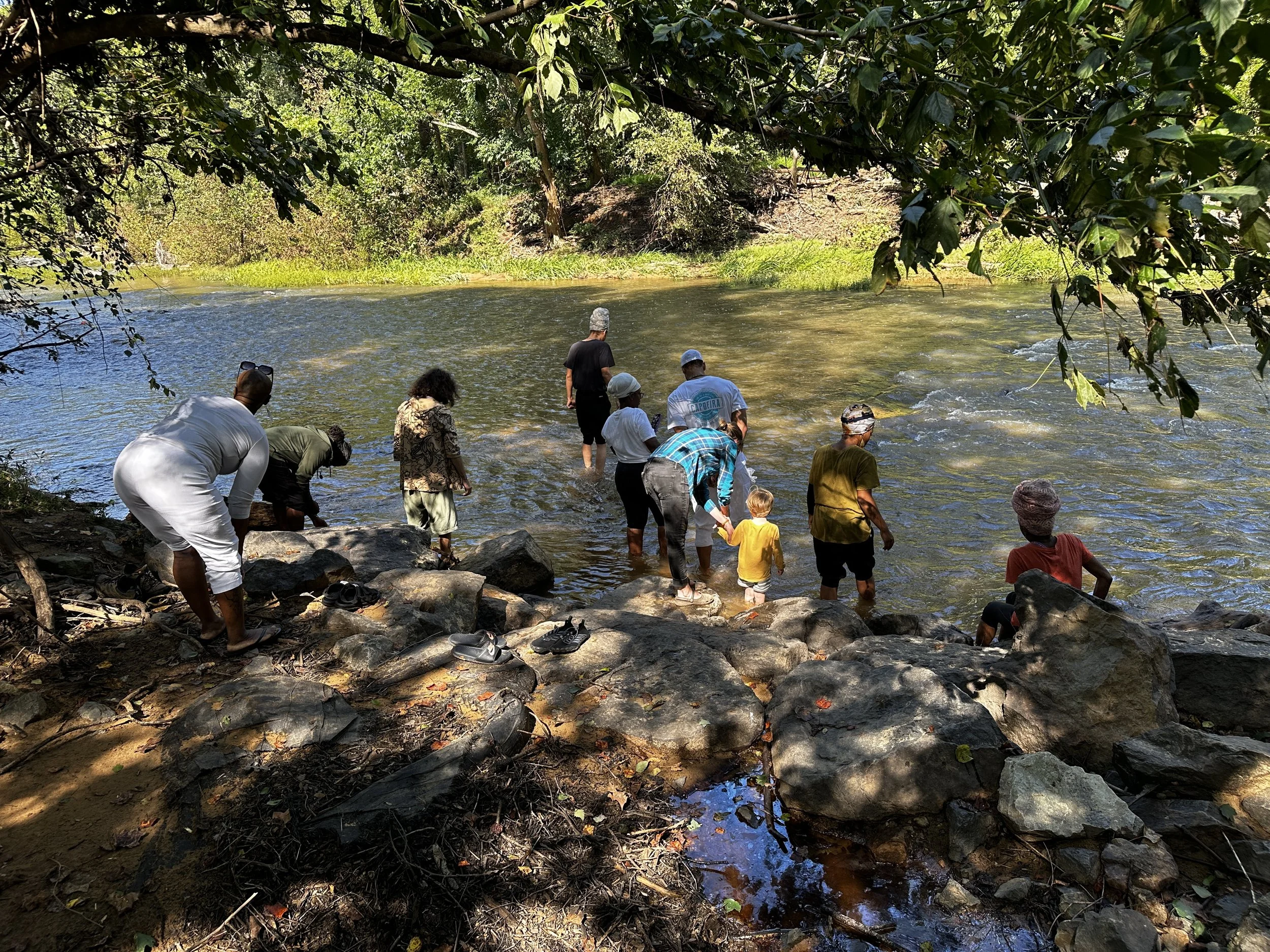
1787
THE STAGVILLE PLANTATION HOUSE IS BUILT
Stagville – now a North Carolina Historic Site – embodies the complex story of a plantation system fueled by the forced labor of enslaved people.
The story of Stagville begins in the mid-18th century with the arrival of Thomas Bennehan, a Scottish merchant. His successful store along the vital Occaneechi Road allowed him to acquire neighboring farms (one of which was from the Stag family). It is important to note that the Eno and Occaneechi people inhabited this area prior to European colonization.
The construction of the plantation house around 1787 marked a crucial turning point in the development of an enslaved labor camp on the property. As Bennehan’s holdings increased, so did the number of people he enslaved, a trend that continued for generations.
By the time of emancipation, this number would reach an astounding 200,000 across some 30,000 acres, making Stagville one of the largest slave labor camps in the state. This vast scale distinguished Stagville from the typical smaller clusters of enslaved people on individual farms.
This period included increased efforts to organize and oversee the burgeoning enslaved community, solidifying the plantation's structure and maximizing its profitability. For enslaved people, this meant long days in the fields cultivating crops, tending livestock, and performing countless other tasks necessary to maintain the vast estate.
Life at Stagville “was to wake up every single day knowing that your life was not your own,” explains Charles Johnson, associate professor of history and chair of the Department of History at North Carolina Central University in Durham. “It was to wake up every day recognizing that you had a regimen that you were going to have to follow and that you were going to be moving at the will and pleasure of others.”
The overarching reality for enslaved people at Stagville was one of constant labor, limited freedom, and the ever-present threat of violence. Evenings might have offered a brief respite, a chance to connect with family and community, but the dawn would bring another day of forced labor.
"What is happiness?” asks Johnson. “Happiness is having something to look forward to. For them, that was perhaps the time that they had in the evenings. But in terms of hope, there was not a lot of that. There was just work. The harder that you worked, the harder you were worked."
Featuring Indigenous Memories Consultant in Plantation Life in Orange County and the Development of Durham, NC, Dr. Charles Johnson

